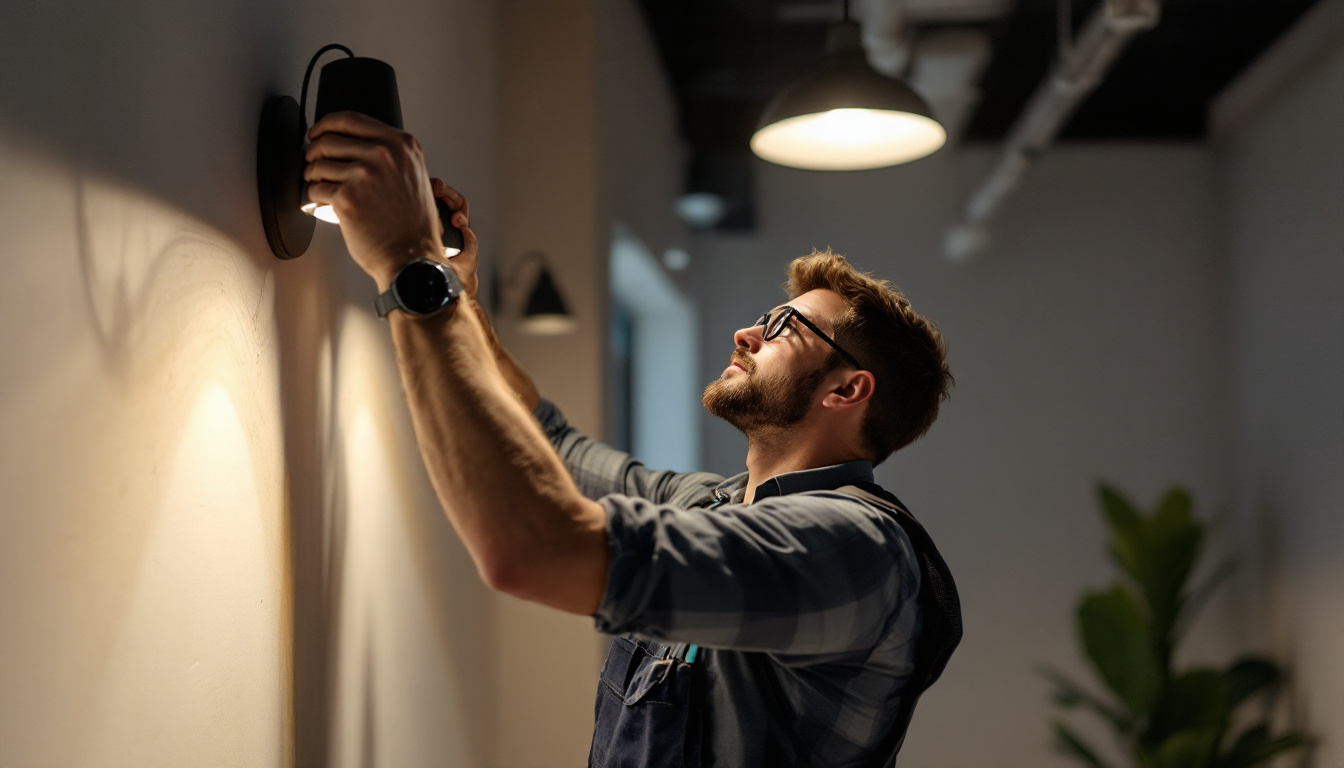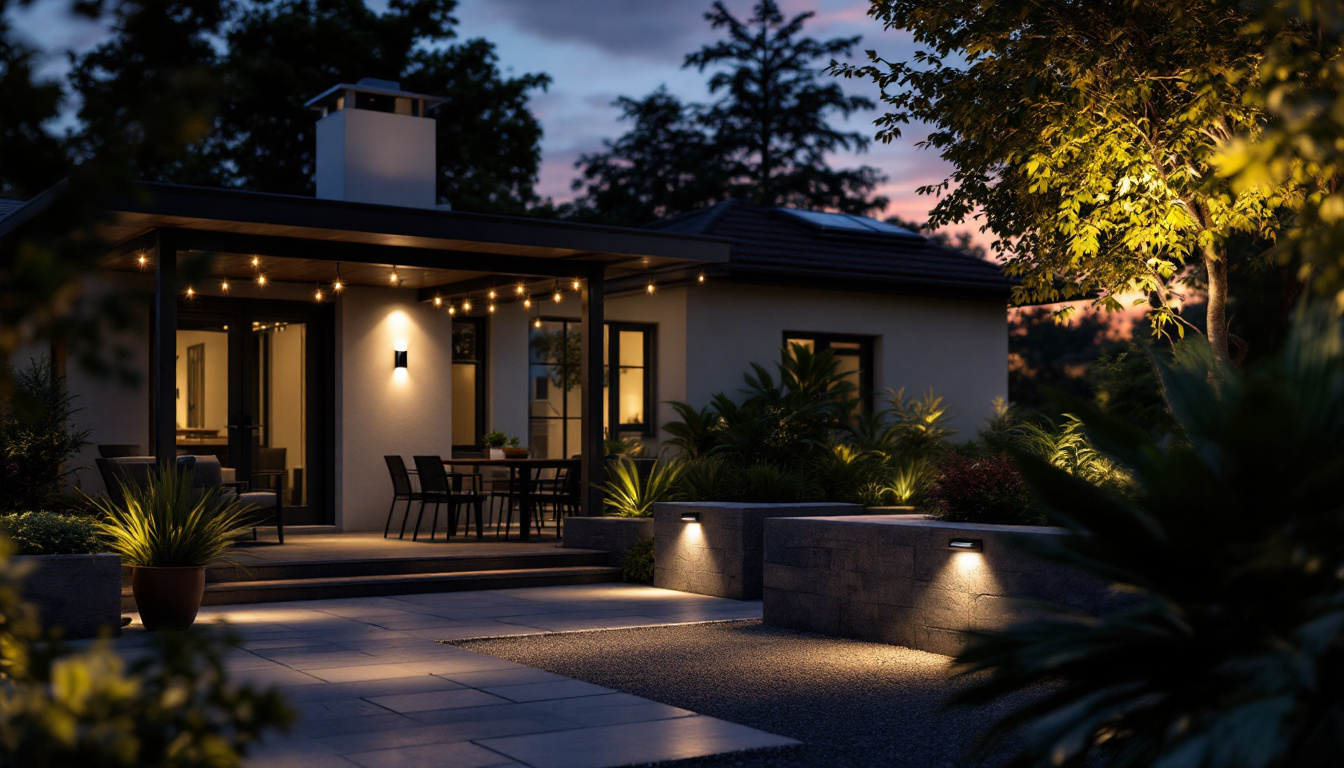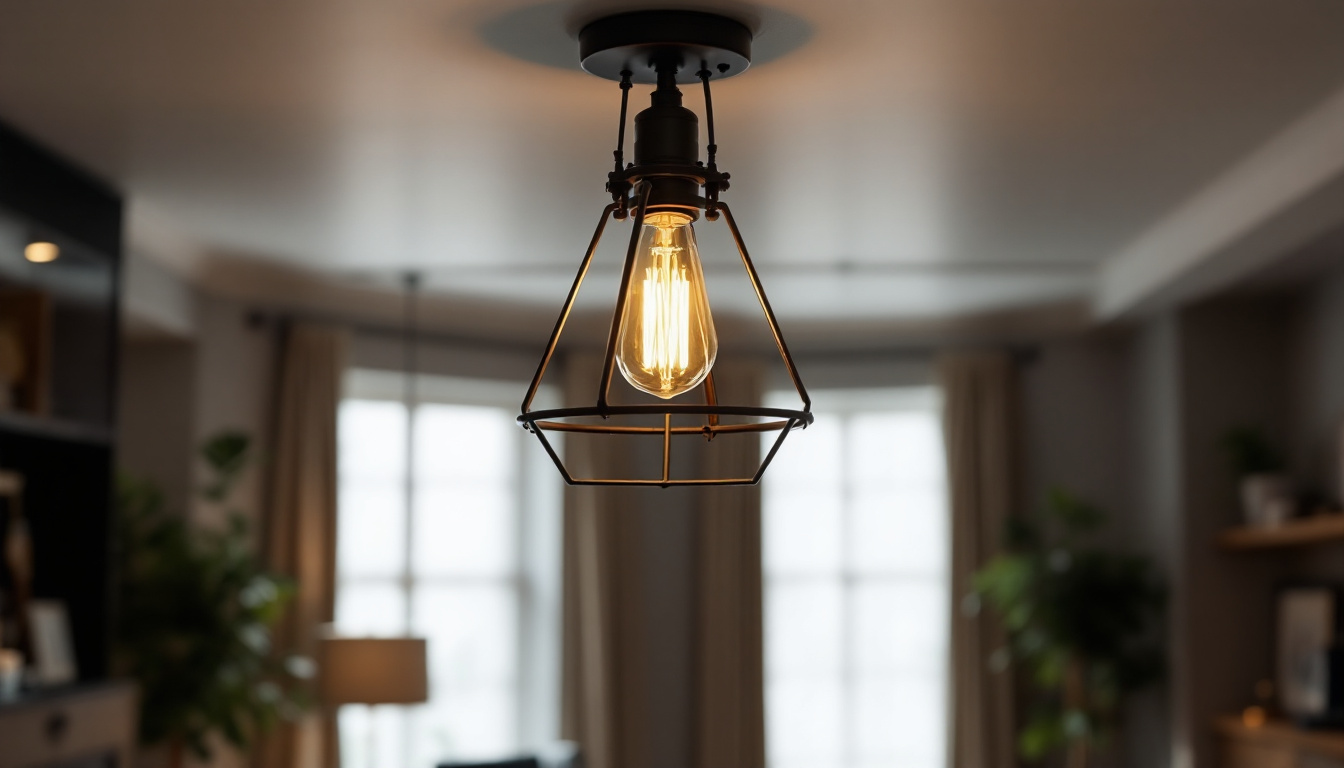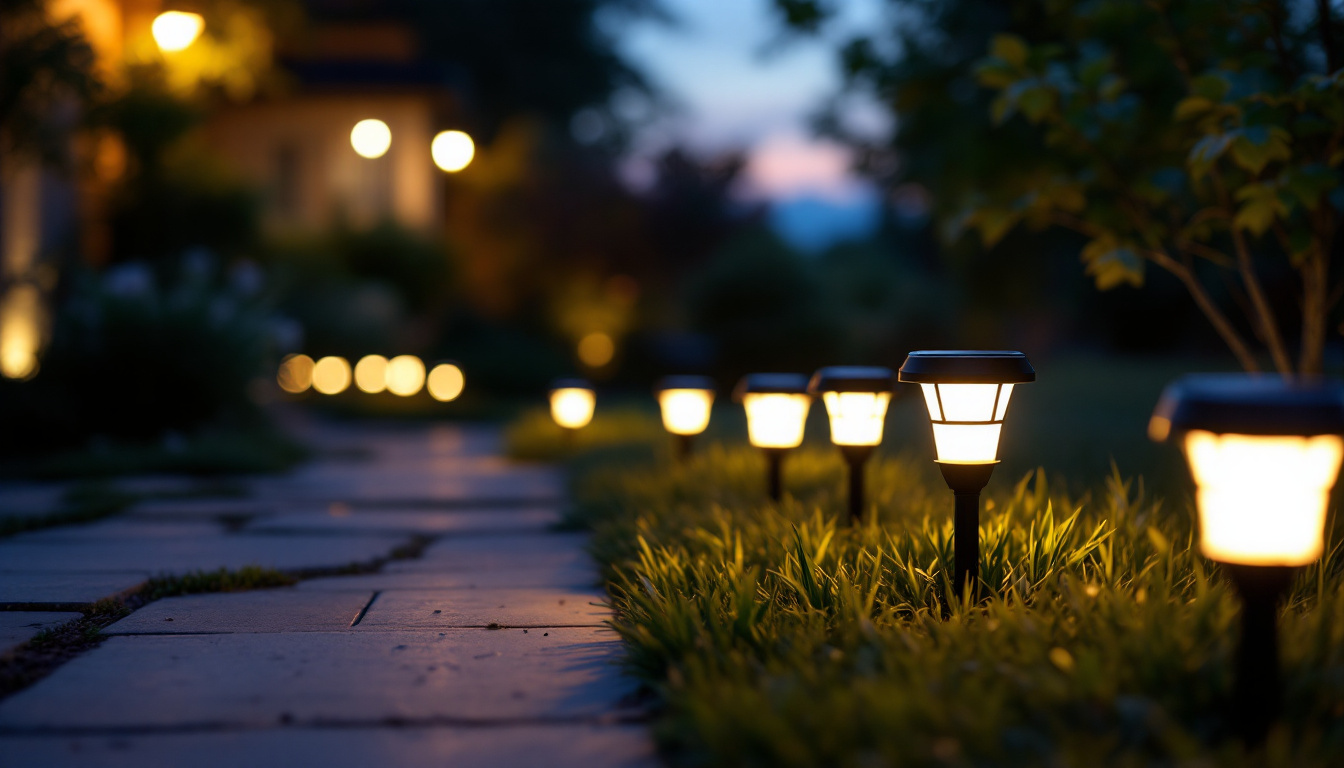

As the world of lighting design continues to evolve, the importance of integrating light molding into projects has become increasingly apparent. Light molding, which refers to the architectural details that incorporate lighting elements, not only enhances the aesthetic appeal of a space but also serves functional purposes. For lighting contractors, prioritizing light molding can lead to numerous benefits. Here are five compelling reasons why lighting contractors should focus on this innovative approach.
One of the most immediate benefits of light molding is its ability to elevate the visual appeal of any space. By incorporating molding into lighting designs, contractors can create a seamless integration of light and architecture. This not only highlights the features of a room but also adds depth and dimension, transforming ordinary spaces into extraordinary environments. The interplay of light and shadow created by the molding can evoke different moods throughout the day, making a room feel warm and inviting in the morning and dramatically sophisticated in the evening.
Moreover, light molding can be customized to suit various design styles, from modern minimalism to classic elegance. This versatility allows contractors to cater to a diverse clientele, ensuring that each project meets the unique aesthetic preferences of their customers. Whether opting for sleek, linear designs that complement contemporary spaces or intricate, ornate patterns that enhance traditional interiors, the possibilities are endless. Additionally, the choice of materials—ranging from wood to polyurethane—can further influence the overall aesthetic, allowing for both durability and style.
Light molding can also be used strategically to create focal points within a room. By directing light through specific areas, contractors can draw attention to artwork, architectural features, or even furniture arrangements. This technique not only enhances the overall design but also allows for effective storytelling through lighting. For instance, a well-placed light molding can illuminate a stunning piece of art, making it the centerpiece of the room, while softening the ambiance around it. This approach can transform a simple gallery wall into a captivating visual narrative that engages visitors and sparks conversation.
Incorporating light molding into a project can complement existing interior design elements. By matching the style and color of the molding with other fixtures and finishes, contractors can create a cohesive look that resonates with the overall theme of the space. This attention to detail can significantly enhance customer satisfaction and lead to positive referrals. Furthermore, light molding can serve as a bridge between different design elements, harmonizing contrasting styles and creating a unified aesthetic. For example, pairing sleek, modern light molding with vintage furnishings can create an eclectic yet sophisticated atmosphere, appealing to clients who appreciate a blend of old and new. Additionally, the integration of smart lighting technology within the molding can offer functionality alongside beauty, allowing homeowners to adjust lighting moods with ease, further enhancing their living experience.
Beyond aesthetics, light molding serves practical functions that can greatly benefit a space. Properly designed light molding can improve the distribution of light, reducing shadows and dark spots in a room. This is particularly beneficial in areas where task lighting is essential, such as kitchens, workspaces, or reading nooks. For instance, in a kitchen, strategically placed light molding can illuminate countertops and work areas, making food preparation safer and more efficient. In a reading nook, soft, diffused light can create an inviting atmosphere, encouraging relaxation and enjoyment of a good book.
Additionally, light molding can be designed to accommodate various types of lighting fixtures, including LED strips or recessed lights. This flexibility allows contractors to create tailored lighting solutions that meet the specific needs of their clients, enhancing the overall functionality of the space. For example, in a home office, light molding can be integrated with adjustable lighting options, allowing users to customize brightness based on the time of day or specific tasks at hand. This level of personalization not only improves the usability of the space but also enhances the overall user experience.
Implementing light molding can also lead to increased energy efficiency. By utilizing LED lighting within the molding, contractors can provide clients with a sustainable lighting solution that reduces energy consumption. This not only lowers utility bills but also aligns with the growing demand for eco-friendly design practices. Moreover, LED lights have a longer lifespan compared to traditional bulbs, which means less frequent replacements and reduced waste. This aspect of energy efficiency resonates particularly well with environmentally conscious consumers who are looking to minimize their carbon footprint while maintaining stylish and functional interiors.
As clients’ needs evolve, light molding can easily adapt to accommodate changes. Whether it’s adding new lighting elements or modifying existing ones, light molding provides a framework that allows for easy updates. This adaptability can be a significant selling point for contractors, as it demonstrates a commitment to long-term client satisfaction. For instance, as technology advances, clients may wish to incorporate smart lighting systems that can be controlled via mobile devices or voice commands. Light molding can be designed to seamlessly integrate these modern technologies, ensuring that spaces remain relevant and functional for years to come. Additionally, this flexibility allows homeowners to experiment with different lighting moods and effects, enhancing the versatility of their living spaces.
Lighting contractors who prioritize light molding can significantly enhance their value proposition. By offering this specialized service, contractors differentiate themselves from competitors who may overlook this aspect of lighting design. This unique selling point can attract new clients and lead to increased project opportunities.
Moreover, light molding can elevate the perceived value of a property. Homeowners and commercial property owners alike are often willing to invest in features that enhance the overall appeal and functionality of their spaces. By incorporating light molding into their designs, contractors can help clients realize a higher return on investment when it comes time to sell or lease their properties.
By prioritizing light molding, contractors can foster long-term relationships with clients. When clients see the value in the services provided, they are more likely to return for future projects or recommend the contractor to others. This not only leads to repeat business but also enhances the contractor’s reputation within the industry.
Incorporating light molding into services allows contractors to expand their offerings. This can include consultations on design, installation, and maintenance of lighting systems that utilize molding. By diversifying their services, contractors can tap into new markets and increase their overall revenue potential.
Another advantage of light molding is its potential to streamline the installation process. When designed with efficiency in mind, light molding can simplify the integration of lighting systems into a space. This can save contractors time and labor costs, ultimately benefiting both the contractor and the client.
Additionally, pre-fabricated light molding options are becoming increasingly available. These ready-made solutions can further expedite the installation process, allowing contractors to complete projects more quickly without sacrificing quality. This efficiency can lead to increased client satisfaction and the potential for more projects in a shorter timeframe.
Light molding can also minimize disruption during installation. By incorporating lighting elements into the molding, contractors can reduce the need for extensive electrical work or modifications to existing structures. This not only saves time but also reduces the impact on the client’s daily routine, making the installation process smoother and more pleasant.
Safety is a critical consideration in any lighting project. Light molding can help enhance safety by providing even illumination throughout a space, reducing the risk of accidents caused by poor visibility. Furthermore, the streamlined installation process can minimize the potential hazards associated with electrical work, ensuring a safer environment for both contractors and clients.
As the lighting industry continues to evolve, staying ahead of trends is essential for contractors looking to maintain a competitive edge. Light molding is increasingly recognized as a key design element that enhances both functionality and aesthetics. By prioritizing this innovative approach, contractors can position themselves as leaders in the field.
Moreover, embracing light molding can open doors to collaborations with interior designers, architects, and builders who are seeking cutting-edge lighting solutions. This collaborative approach can lead to more comprehensive projects and a broader client base, further solidifying a contractor’s position in the market.
With the rise of smart home technology, light molding can be integrated with advanced lighting systems that allow for greater control and customization. This trend is gaining traction among homeowners who seek convenience and energy efficiency. Contractors who prioritize light molding can offer clients innovative solutions that align with these emerging technologies, enhancing their appeal.
As clients become more discerning in their design choices, the demand for unique and personalized lighting solutions is on the rise. Light molding provides an opportunity for contractors to respond to these preferences by offering customized designs that reflect individual tastes and lifestyles. This responsiveness not only enhances client satisfaction but also positions contractors as adaptable and forward-thinking professionals.
In conclusion, prioritizing light molding presents a multitude of advantages for lighting contractors. From enhancing aesthetic appeal and functionality to increasing value propositions and streamlining installation processes, the benefits are clear. As the industry continues to evolve, embracing light molding can help contractors stay ahead of trends and meet the changing needs of their clients.
By integrating light molding into their projects, lighting contractors can not only improve their service offerings but also foster long-term relationships with clients. This commitment to innovation and quality will ultimately lead to greater success in a competitive market. The time to prioritize light molding is now, as it represents a significant opportunity for growth and differentiation in the world of lighting design.
Ready to take your lighting designs to the next level with light molding? At LumenWholesale, we provide you with the spec-grade lighting products you need to create stunning, functional spaces. Enjoy the benefits of wholesale pricing and superior quality without the hassle of middlemen. Our extensive selection is designed to meet the highest industry standards, ensuring your projects shine with reliability and performance. Plus, with free shipping on bulk orders, you can get the premium lighting your projects deserve at the best value. Don’t compromise on quality or cost—choose LumenWholesale for your lighting solutions. Wholesale Lighting at the Best Value.

Discover how solar flood lighting is revolutionizing outdoor illumination, offering sustainable and efficient solutions for modern needs.

Discover the essential insights lighting contractors need to understand about dryer outlets.

Discover the pivotal role industrial style ceiling lights play for lighting contractors in transforming spaces.

Discover the essential compliance guidelines for solar LED lights that every lighting contractor should know.
Get notified when NEW deals are released.
Optimize your budget with wholesale discounts.
Only top-quality, specification-grade lighting products.
No additional costs at checkout - what you see is what you pay.
We understand the unique needs of contractors.